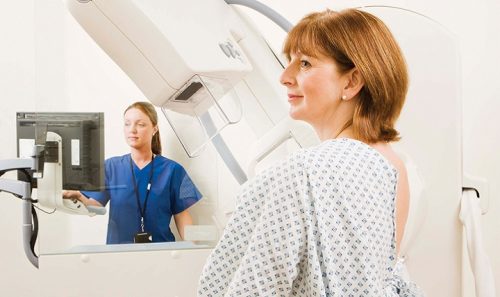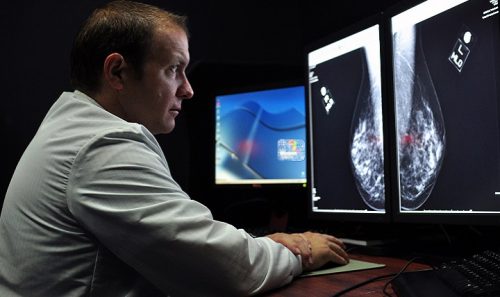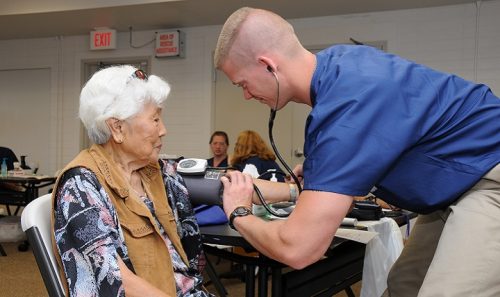
Cancer was once considered a rarity, but nowadays statistics show that the incidence of cancer is steadily increasing. These may be attributed to various factors such as genetics, exposure to carcinogens, lifestyle, hazardous environment, and immune system.
Cancer – despite its groundbreaking research and extensive studies on treatment modalities – remains to be dreaded by many. It is comparable to receiving a life sentence because the individual with cancer knows the death is just lurking in the corners. The anxiety and anticipated grief associated with cancer are believed to be more stressful than the treatment itself. It forces individuals especially in early adulthood and not only the patients, but the family and loved ones to confront the reality of death and how fleeting and fragile life is. It is much better if you can understand the emotional and mental effects of grief through BetterHelp‘s website.
Set Your Battleground
If cancer runs in your family or you have loved ones who are fighting cancer or a cancer survivor, the idea of cancer happening to you is not farfetched. Having genetics susceptible to mutation does not mean 100 percent chance of developing cancer in the future. People with a family history or those under moderate-risk and high-risk category should not accept their fate sitting down.

Preventive measures and screening tests are recommended by experts to prevent tumor growths or at least detect the cancer cells at the early stage. There are preventive programs available in different cancer centers.
In women, breast cancer is a prevalent type of cancer. While the incidence of this particular type of cancer is quite high as a comparison of the other types of cancer, the only consolation one ponders on is the fact that there is much research done explicitly for breast cancer and its treatment.
Also, the prognosis of breast cancer is high and the survivor rate quite favorable. High-risk women are often managed aggressively by oncologists. For instance, prophylaxis mastectomy and hysterectomy may be recommended for women who have a mutation in BRCA1 and BRCA2 gene. These mutations are linked to breast and ovarian cancer. Also, these women will be under strict surveillance with six months of general physical examination checkup and monthly breast self-examination regardless of the age. Also, annual mammograms might be performed for women with high risk as early as 25 years old or 10 years younger than the age of the relative with the earliest breast cancer diagnosis in the family.
Lastly, chemoprophylaxis may be prescribed. Chemoprophylaxis is regulation of the endocrine system which plays a crucial role in the reduction of the risk of invasive and in-situ breast cancer. Examples of the medications given are Tamoxifen, Raloxifene, and Anastrozole.
Other Strategies

More than this management of high-risk cases, it is still advisable to follow the general guidelines for ensuring a healthy and manageable lifestyle. It is essential to lower down stress. Maintaining weight might be neglected, but excess weight predisposes one’s self to different forms of cancer. Next to the neglect is having an active activity level. Exercise is not only a mood booster but also, prevents obesity and the development of cancer. Consumption of green leafy vegetables, as well as fruits, moves us away from diseases and that includes cancer. Avoidance of carcinogens is quite essential because exposure to these chemicals is established to lead to cancer. Therefore, no smoking and avoid second and third-hand smoke. Please, take care of your overall health as much as you can.
